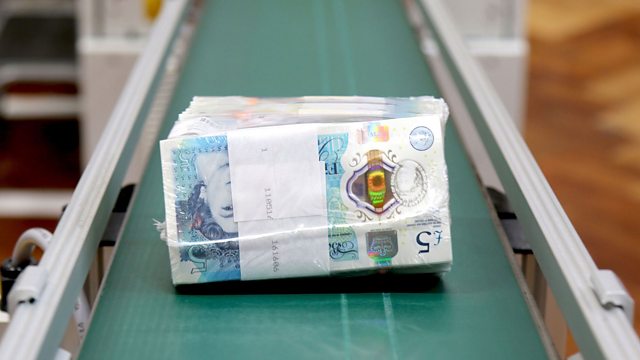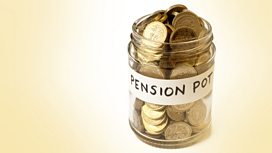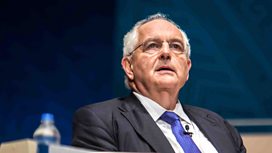Quantitative Easing
Why has the Bank of England started creating new money to buy government debt again? David Aaronovitch discovers who is benefiting and who is losing from quantitative easing.
As part of its response to the Brexit vote, the Bank of England will buy an extra 拢70 billion of bonds and will create new money to do so. The aim is to stimulate the economy and try to meet the government's 2% inflation target. But will it work?
The Bank of England began its programme of quantitative easing back in 2009 following the financial crisis. It began buying bonds, mostly government debt, from pension funds and other investors
Before this latest round of QE was announced, the Bank already owned 拢375 billion of bonds, around a quarter of total outstanding government debt. Its supporters say it has brought down borrowing costs for the government and for other investors and has helped to push up prices. Its detractors say it has caused hardship for savers and has led to pension funds having to compete with the Bank of England for increasingly expensive bonds, which has seen their deficits balloon.
In this episode, David Aaronovitch explores how QE works and examines the evidence of its impact so far. Was the Bank of England right to return to the policy following the EU referendum? Will it ever be unwound?
Guests:
Frances Coppola, financial blogger
Stephen Jones, Chief Investment Officer, Kames Capital
Toby Nangle, Fund manager, Columbia Threadneedle
Producer: Phil Kemp.
Last on
More episodes
Previous
![]()
Breaking Promises
Paul Johnson asks if the government should break pledges made to pensioners.
![]()
How Low Can Rates Go?
Martin Wolf examines how the search to revive growth is testing the norms of economics.
Broadcast
- Thu 29 Sep 2016 20:00麻豆社 Radio 4
Podcast
-
![]()
The Briefing Room
David Aaronovitch presents in-depth explainers on big issues in the news.




